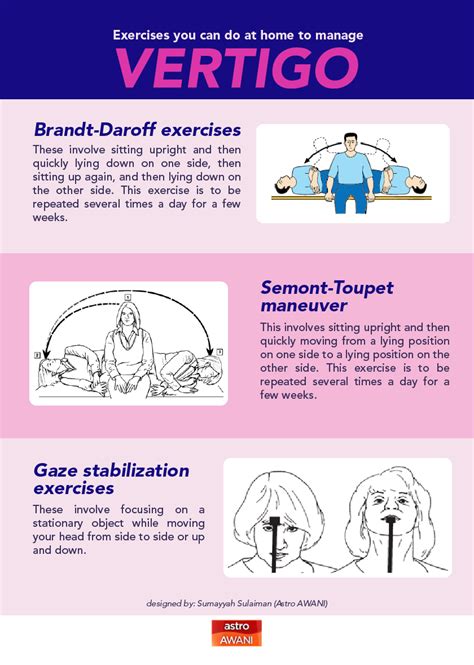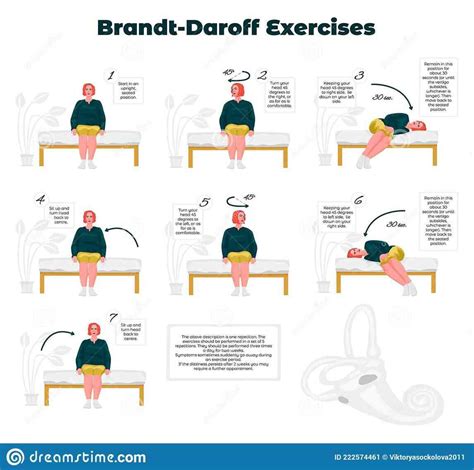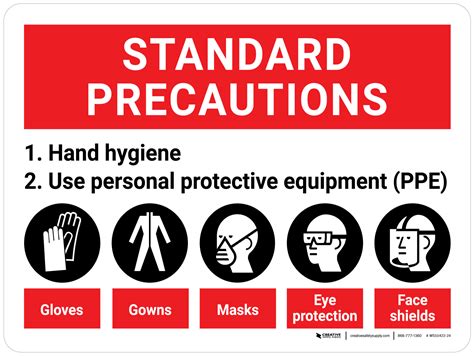Intro
Relieve vertigo symptoms with targeted exercises, including balance therapy, vestibular rehabilitation, and inner ear exercises, to improve equilibrium and reduce dizziness, nausea, and spinning sensations.
Vertigo, a condition characterized by the sensation of spinning or feeling like the environment around you is spinning, can significantly impact one's quality of life. It is often associated with balance disorders and can be caused by a variety of factors, including inner ear problems, certain medications, and even stress. While medical treatments are available, exercises for vertigo relief have proven to be highly effective in managing and, in some cases, eliminating the symptoms of vertigo. The importance of these exercises lies in their ability to improve balance, reduce dizziness, and enhance the body's overall equilibrium.
Understanding the causes and symptoms of vertigo is crucial for developing an effective treatment plan. For many, vertigo is not just a minor inconvenience but a debilitating condition that affects daily activities and overall well-being. The good news is that exercises, along with other forms of therapy, can offer significant relief. These exercises are designed to help the body compensate for the balance problems caused by vertigo, promoting recovery and reducing the risk of falls and other accidents associated with balance disorders.
The effectiveness of exercises in treating vertigo highlights the body's remarkable ability to adapt and heal. Through specific movements and balance training, individuals can strengthen their vestibular system—the system responsible for balance—and improve their overall stability. Moreover, these exercises can be tailored to suit different types of vertigo, ensuring that each individual receives the most appropriate and effective treatment for their specific condition. Whether you're experiencing mild dizziness or severe vertigo, incorporating these exercises into your daily routine can be a pivotal step towards regaining control and living a life free from the constraints of vertigo.
Understanding Vertigo and Its Causes

Benign Paroxysmal Positional Vertigo (BPPV)
BPPV is one of the most common causes of vertigo and is characterized by brief, intense episodes of vertigo triggered by specific head movements. It occurs when tiny crystals in the inner ear become dislodged and move into the semicircular canals, causing the inner ear to send false signals to the brain. Exercises such as the Epley maneuver and the Semont maneuver are specifically designed to treat BPPV by moving these crystals out of the semicircular canals and into an area of the inner ear where they won't cause symptoms.Exercises for Vertigo Relief

- The Epley Maneuver: A series of movements performed while sitting and then lying down, designed to move the calcium particles (otoconia) out of the semicircular canals of the inner ear, where they cause problems.
- The Semont Maneuver: Similar to the Epley maneuver but involves a different sequence of movements. It's also used to treat BPPV.
- Brandt-Daroff Exercises: A series of movements that involve sitting up, lying down, and turning your head, designed to speed up the compensation process in the brain.
- Vestibular Rehabilitation Therapy (VRT): A type of physical therapy that includes exercises designed to improve balance and reduce dizziness. It's customized based on the patient's specific needs and symptoms.
Vestibular Rehabilitation Therapy (VRT)
VRT is a highly effective approach for managing vertigo and balance disorders. It involves a series of exercises and maneuvers tailored to the individual's specific condition and symptoms. The goal of VRT is to enhance the brain's ability to adapt and compensate for the vestibular system's dysfunction, leading to improved balance and reduced dizziness. Exercises may include gaze stabilization, balance retraining, and habituation exercises, among others.Benefits of Exercises for Vertigo

- Reduced Dizziness: Exercises can help alleviate the symptoms of vertigo, reducing the frequency and intensity of dizzy spells.
- Improved Balance: By strengthening the vestibular system and promoting balance retraining, individuals can significantly reduce their risk of falls.
- Enhanced Quality of Life: Managing vertigo through exercise can lead to improved mobility, confidence, and overall well-being, enabling individuals to engage more fully in daily activities and hobbies.
- Cost-Effective: Compared to ongoing medical treatments or surgeries, exercises for vertigo can be a cost-effective long-term solution.
Implementing Exercises into Daily Life
To maximize the benefits of vertigo exercises, it's essential to incorporate them into your daily routine. This might involve setting aside a specific time each day to perform the exercises, ideally under the guidance of a healthcare professional or physical therapist. Consistency is key, as regular practice can lead to faster improvement and better long-term outcomes.Precautions and Safety Measures

- Professional Guidance: It's recommended to consult with a healthcare provider or physical therapist before starting any exercise program for vertigo. They can provide personalized advice and ensure that the exercises are performed correctly and safely.
- Fall Prevention: Individuals with vertigo should take steps to prevent falls, such as removing tripping hazards from their home, using handrails when climbing stairs, and avoiding walking in the dark.
- Monitoring Symptoms: Keep track of your symptoms and how they respond to the exercises. If you experience severe dizziness, nausea, or vomiting, consult with your healthcare provider.
Combining Exercises with Other Treatments
For some individuals, exercises may be used in conjunction with other treatments, such as medication or surgery, depending on the underlying cause of their vertigo. It's crucial to follow the advice of healthcare professionals and to discuss any concerns or questions about combining treatments.Conclusion and Next Steps

As you embark on this journey towards vertigo relief, consider the following steps:
- Consult a Healthcare Professional: Discuss your symptoms and the best course of action with a healthcare provider or physical therapist.
- Start with Simple Exercises: Begin with basic exercises and gradually move on to more complex ones as your condition improves.
- Practice Regularly: Consistency is key when it comes to exercises for vertigo. Aim to practice your exercises daily.
- Monitor Your Progress: Keep track of how your symptoms respond to the exercises and adjust your program as needed.
By taking these steps and committing to a regimen of exercises for vertigo relief, you can look forward to a future with fewer symptoms, improved balance, and a significantly enhanced quality of life.
We invite you to share your experiences with vertigo and how exercises have helped you manage your symptoms. Your stories and feedback can provide valuable insights and support to others who are navigating similar challenges. Feel free to comment below, and let's work together to build a community that prioritizes balance, well-being, and the pursuit of a vertigo-free life.
What are the most common causes of vertigo?
+Vertigo can be caused by a variety of factors, including inner ear problems like benign paroxysmal positional vertigo (BPPV), labyrinthitis, and vestibular neuritis, as well as head injuries, certain medications, and migraines.
How do exercises help in treating vertigo?
+Exercises for vertigo, such as the Epley maneuver and vestibular rehabilitation therapy (VRT), are designed to improve balance, reduce dizziness, and enhance the body's natural compensation mechanisms. They help the brain adapt to the vestibular system's dysfunction, leading to improved balance and reduced symptoms.
Can exercises completely cure vertigo?
+While exercises can significantly alleviate vertigo symptoms and, in some cases, eliminate them, the term "cure" can vary depending on the underlying cause and individual response to treatment. Exercises are often used in conjunction with other treatments and can offer long-term management and relief from vertigo symptoms.
